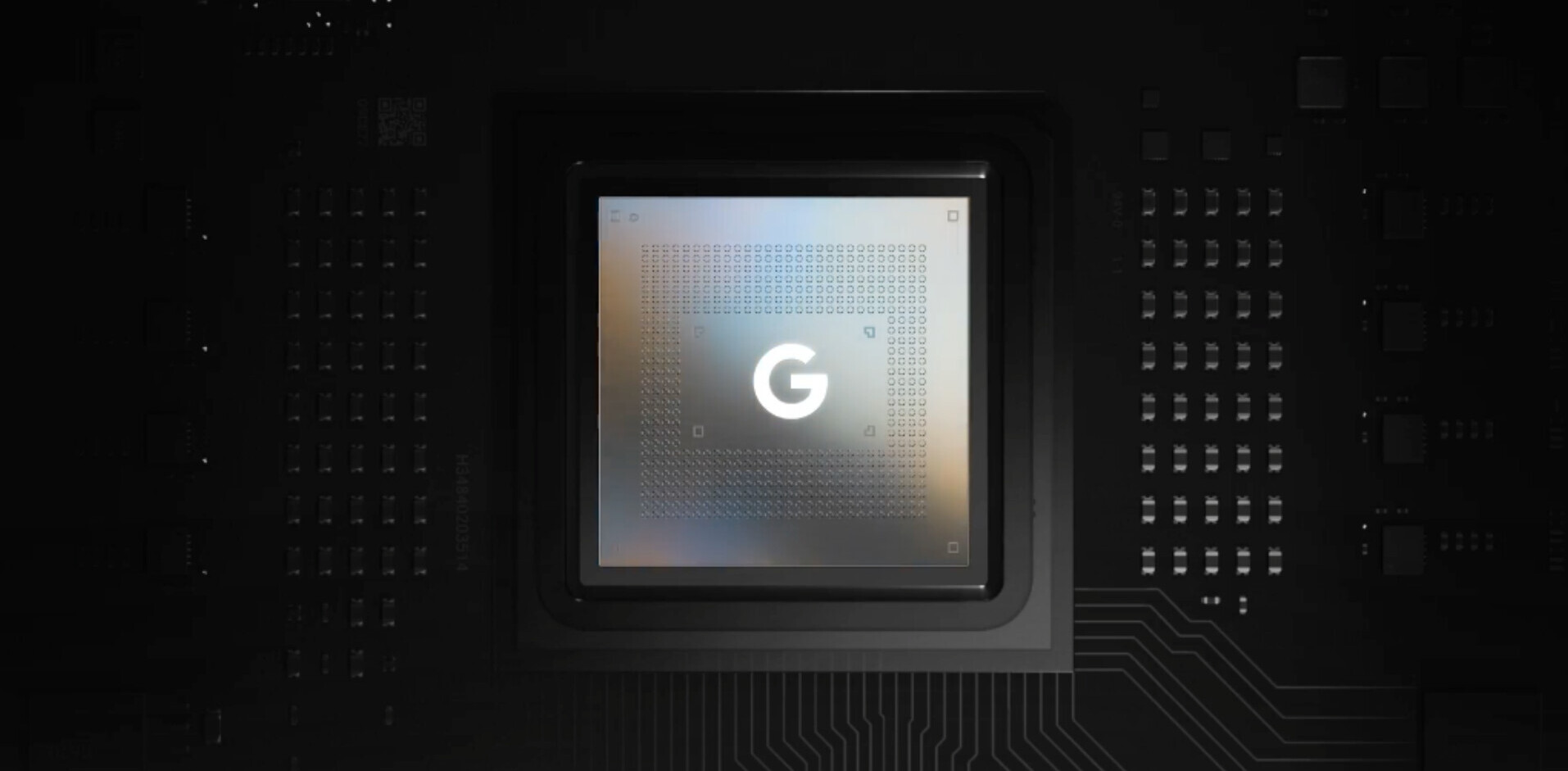
We already know the Pixel 6 is going to be a watershed device for Google. The company already confirmed the device, including the fact that it’s using its own custom processor dubbed Google Tensor. But what we didn’t know was just how different it would be from anything else.
Google may be paving its own, strange road to CPU design
For a while, it seemed Google might just use a slightly tweaked Exynos processor made by Samsung, with some additional Google-y AI bits. But according to a leak by XDA, whose source claims to have access to a Pixel 6 Pro, Google might be taking a fundamentally different approach to Android CPUs (we’re assuming the non-Pro model’s CPU will be largely identical).
Current flagship Android processors like the Exynos 2100 and Snapdragon 888 use three types of cores. The Snapdragon 888, for example, uses one Cortex X1 (very high power), three Cortex A78 (high power), and four Cortex A55 (high efficiency) cores.
According to XDA the Pixel 6 Pro will instead have two Cortex X1 cores.
Suffice to say there’s no other Android phone with that configuration. It means the device should be able to absolutely blaze through tasks that require high clock speeds. It’ll also likely need to have some serious thermal management to not overheat while gaming or performing other intense tasks.
It’s really strange
It’s not all good news though: rather than triple mid-tier cores, the Pixel 6 Pro will reportedly use just two. Even more puzzling, these won’t even be the newer A78, but instead the older, less powerful, and less efficient A76 cores released way back in 2018.

Why? I really have no clue. My best bet is that by focusing on dual X1 cores, the company figured it could get away with saving some money on its second-tier cores.
Still, it’s weird since these cores will presumably handle a lot of your everyday workload. Somewhere along the way, Google must have figured the trade-offs were worth it.
Stranger yet… the supposed benchmarks that have leaked on Geekbench so far are not great. It scores around 2,000, when a Snapdragon 888 scores closer to 3,500. Heck, The Pixel 4 scores around 2,300. So I can only imagine that either there’s something iffy with that Geekbench result.
Except there shouldn’t be. According to XDA, “the build fingerprint, kernel version string, CPU frequencies, CPU clusters, GPU info, and more match the values from our source’s Pixel 6 Pro.” So it seems highly unlikely the benchmark would be falsified. Instead, it seems the tested device, for some reason, was not optimized for maximum performance.
But wait, there’s more!
XDA’s report has some other interesting tidbits, revealing some new information, as well as corroborating earlier leaks:
- As previously reported, it’ll use the massive Samsung GN1 camera sensor.
- It’ll also use the Samsung Exynos 5123 5G modem.
- It’ll also seemingly use a standard ARM Mali G78 GPU design.
- It’ll support Wifi 6E.
- It’ll have 12GB of LPDDR5 RAM and 128GB of UFS storage in at least one configuration.
- Ultra Wide Bandwidth radio for accurate location tracking is on board.
- It ships with Google’s AV1 hardware-accelerated decoder which can decode HEVC 8K footage at 30 fps, or 4K at 120 fps. This decoder wasn’t supported by previous Pixel phones, despite being a Google technology.
The leak is probably accurate, but not the full story
XDA’s leak seems rock-solid, and they have a strong reputation for accurate leaks. Unless their source is playing a fun joke, or Google found a way to obscure its design in benchmarks — highly unlikely — there isn’t much reason to think the leak is wrong.
Except for the fact it seems to make no sense. Using dual Cortex X1 cores is really cool, but the A76s are highly unusual, especially since they use a less efficient 7nm process instead of the 5nm on newer components.
So really, we don’t know what’s going on. In any case, it’s clear the Pixel 6 Pro is a complete departure for Google, and I’m glad to see the company actually making some interesting hardware decisions, for once.
Luckily, the phone is likely to arrive in October, so it shouldn’t be too much longer until we find out more.
Get the TNW newsletter
Get the most important tech news in your inbox each week.


